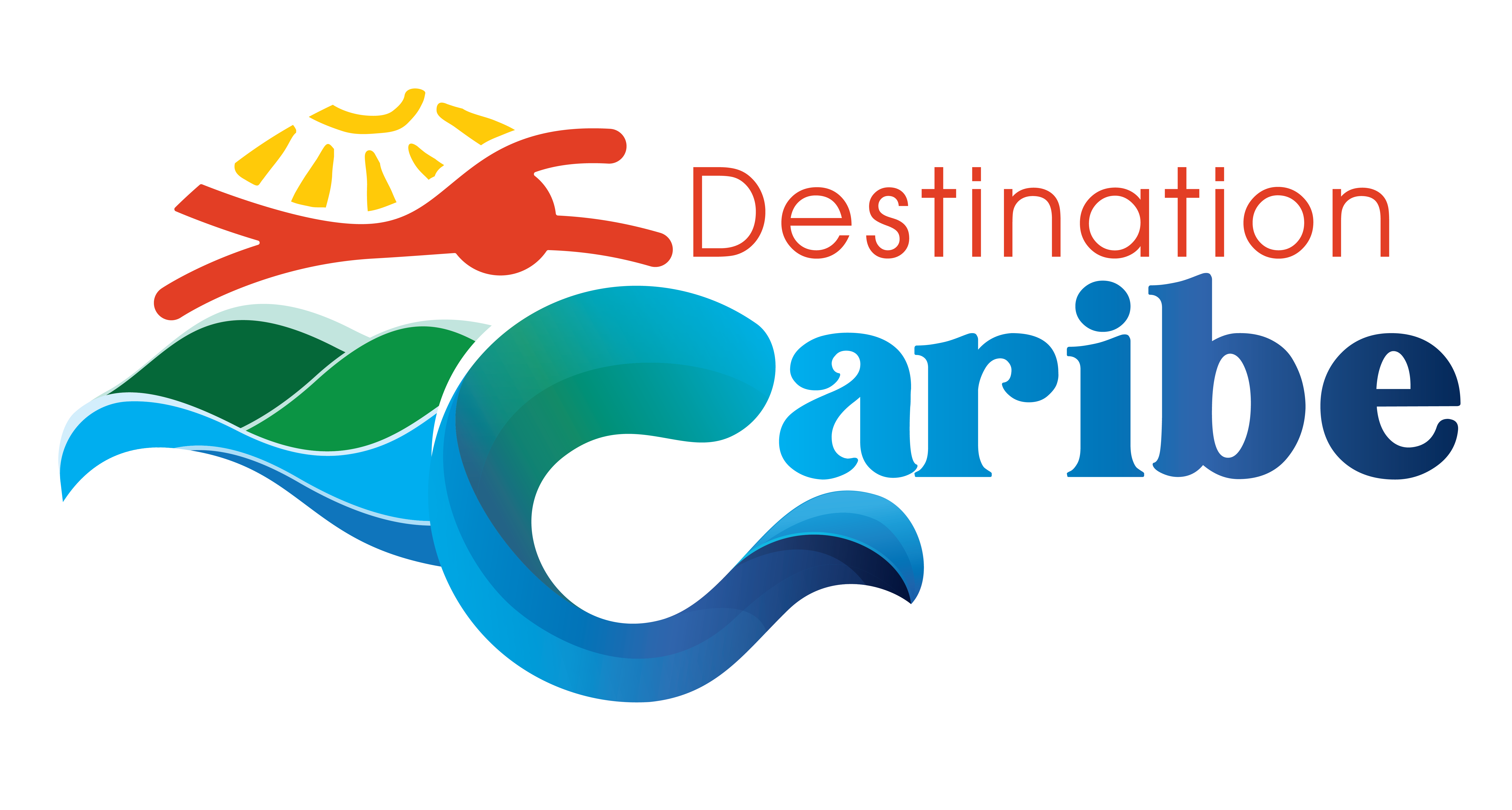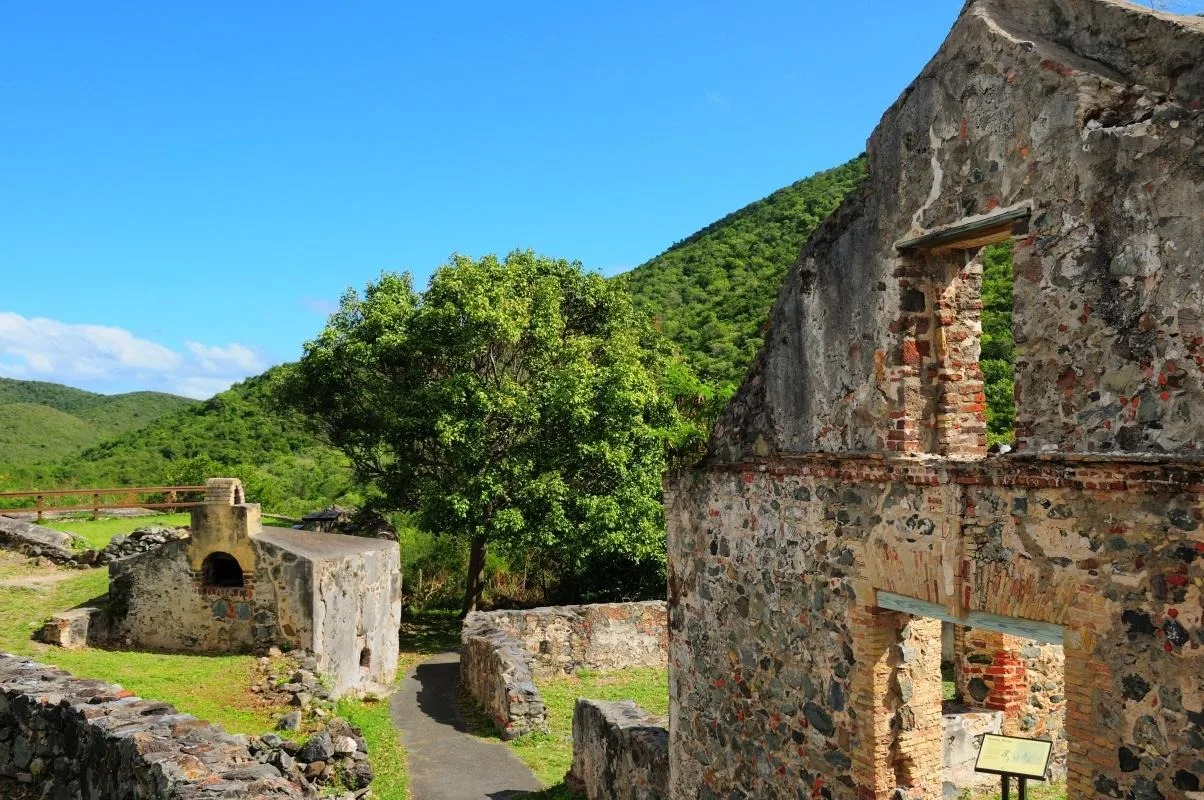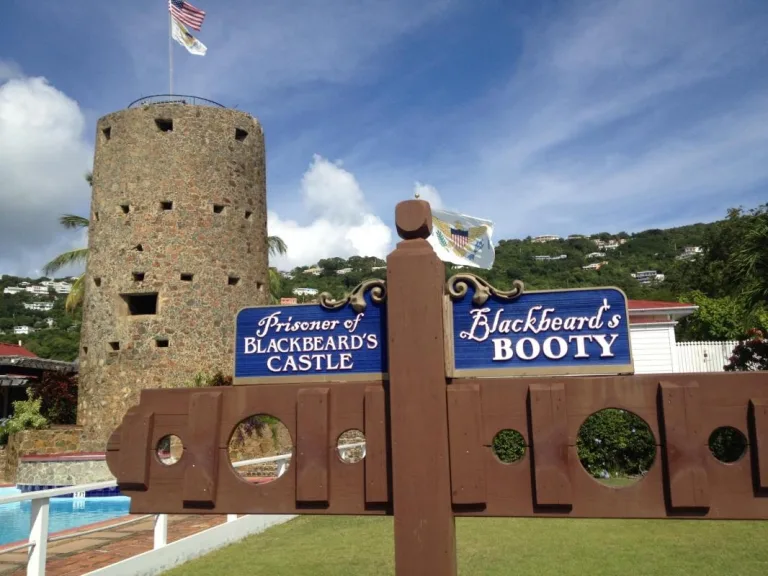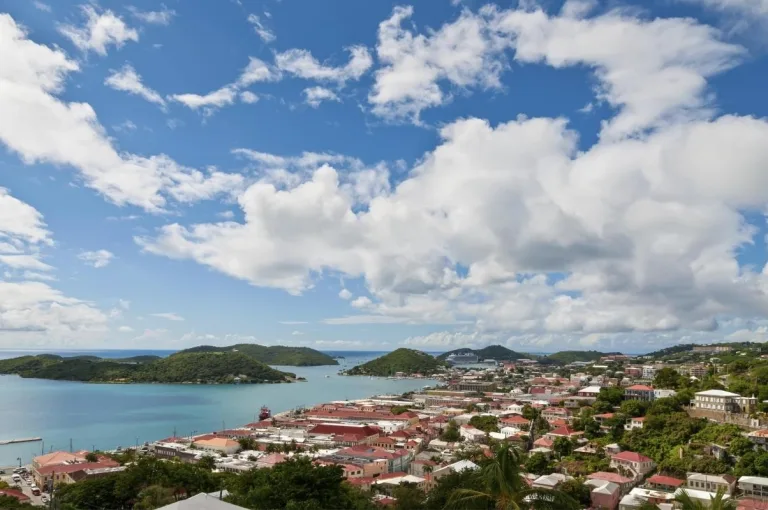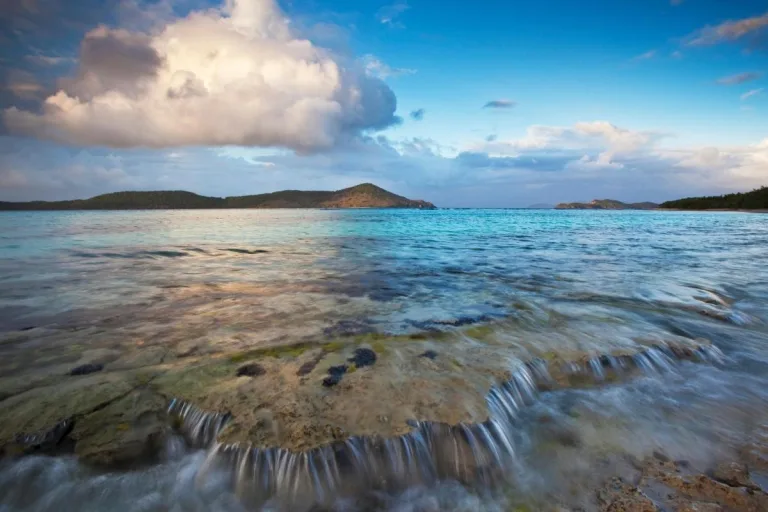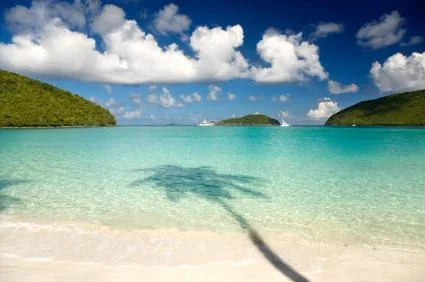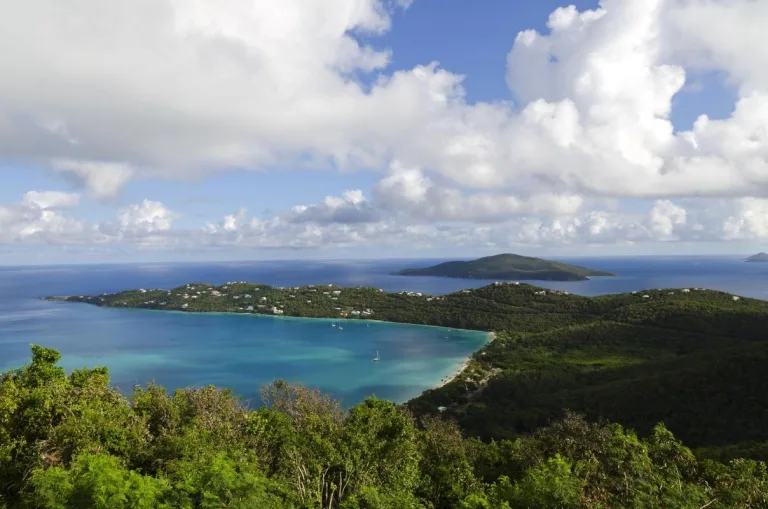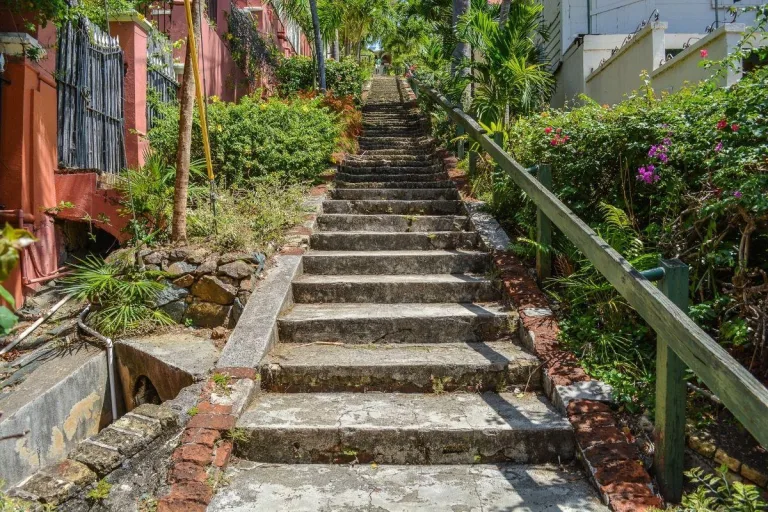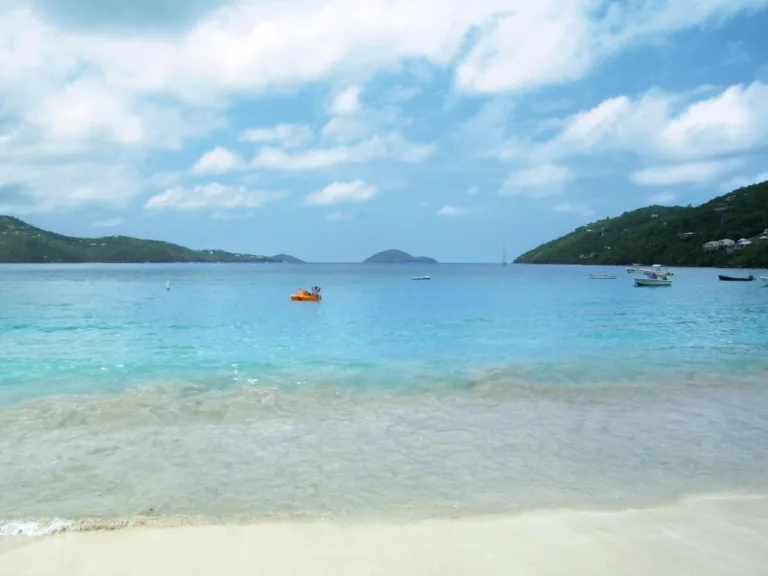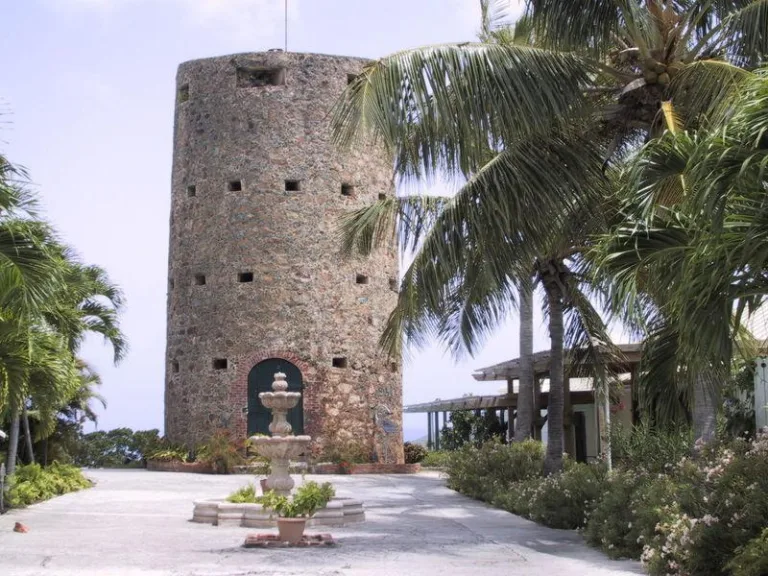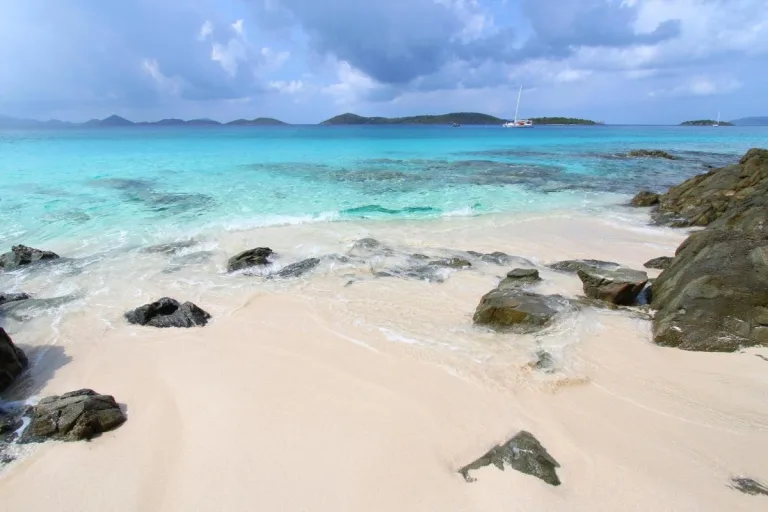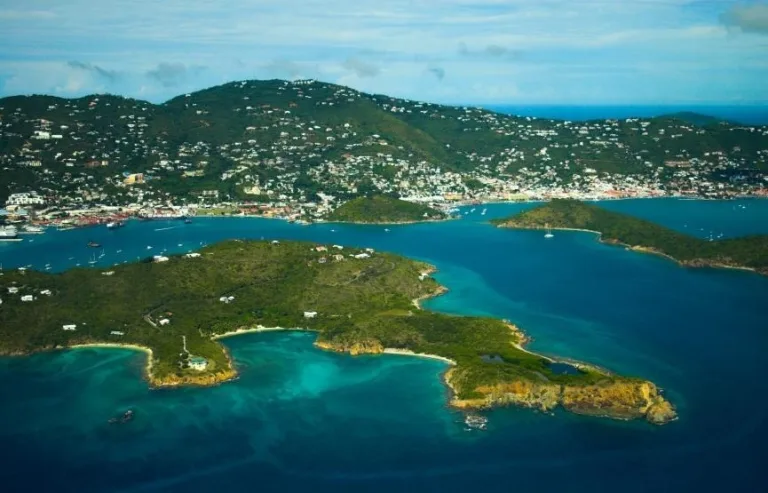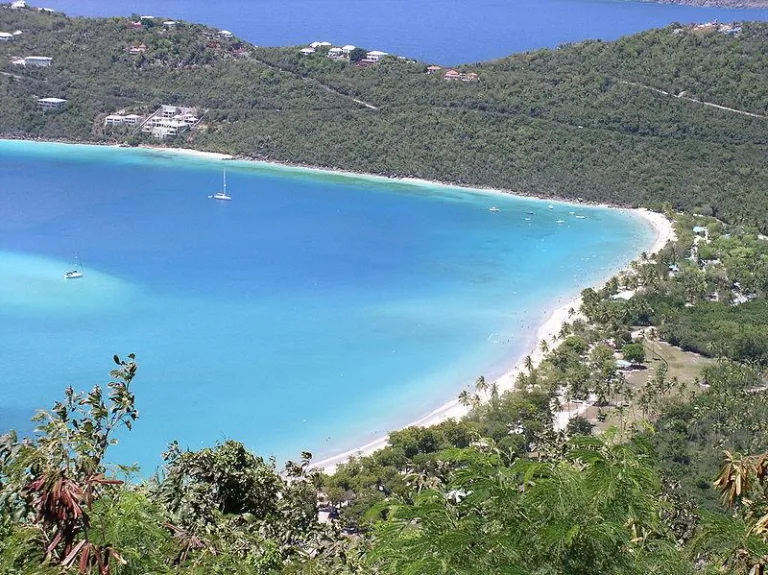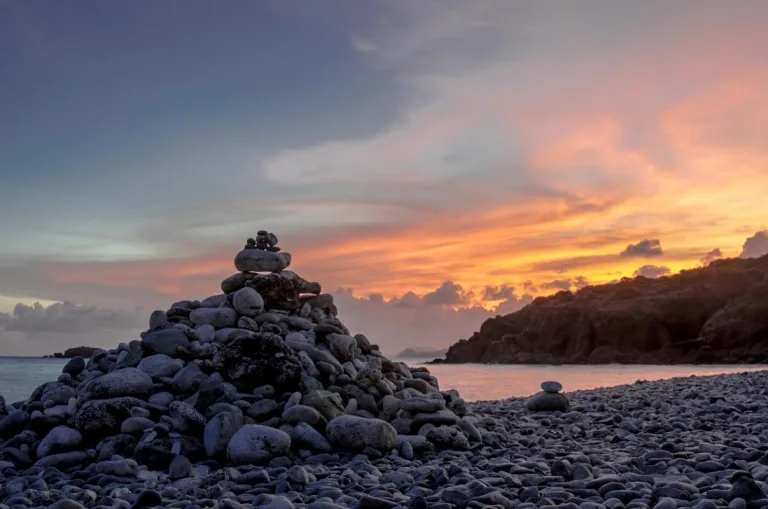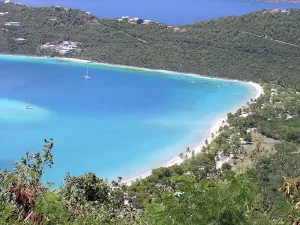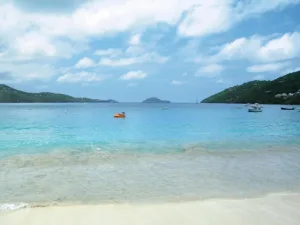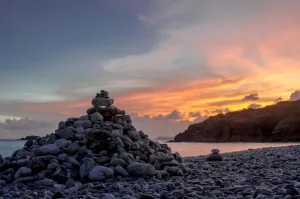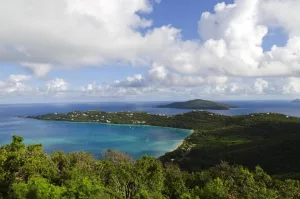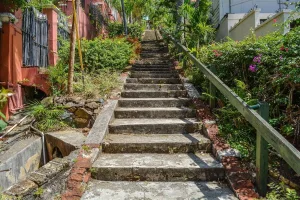Back in its heyday, the Annaberg Sugar Plantation was one of 25 facilities on the island producing sugar, along with molasses and rum. All that remains today are ruins, but they are an important reminder of St John’s past, and visitors can walk a trail that leads through important structures such as slave quarters, windmills, and factory remains.
Learn about 18th- and 19th-century sugar production and the importance of Annaberg, where slaves were brought in to clear the dense hillsides and terrace the slopes, allowing for farming. When slavery was later abolished, the plantation was subdivided into small farms. Visitors can see placards depicting the areas where slave cabins once stood and also view Annaberg’s windmill, a key structure from the 1800s and one of the tallest windmills on St John. The plantation is a major attraction on the island, and is a popular stop on private and group island sightseeing tours.
- Wear comfortable footwear and note that wheelchair users may find visiting the plantation difficult.
- As much of the plantation is outside, dress appropriately for sun (or rain, depending on the season).
- Occasional live cultural demonstrations take place at the site, including basket weaving, baking, or agricultural techniques utilized at the plantation.
The Annaberg Sugar Plantation is located on the north shore of St John, west of Mary’s Point in the Maho Bay quarter. It’s about a 25-minute drive from Cruz Bay, where boats dock, and is best accessible either by private vehicle or as part of a guided tour.
The Annaberg Sugar Plantation is open daily during normal business hours; visit first thing in the day to avoid hot temperatures. The best time to visit the Virgin Islands overall is from November through June, when temperatures are pleasant and rainfall is minimal. Hurricane season runs from July through October.
The plantation is located in the Maho Bay area, and many tours include the chance to stop for a swim at the local beach, celebrated for its shallow, family-friendly waters. If you’re a fan of hiking, the Goat Trail makes for a good little jaunt, connecting the beach to Maho Bay Eco-Camps.
